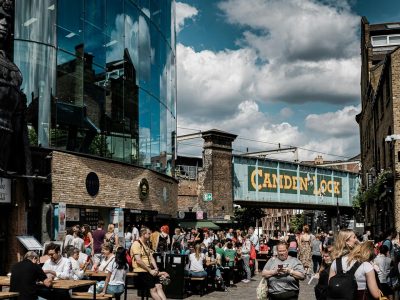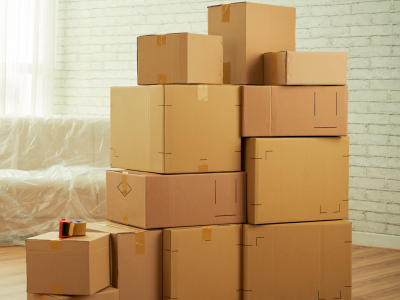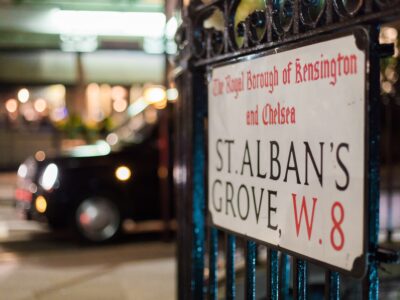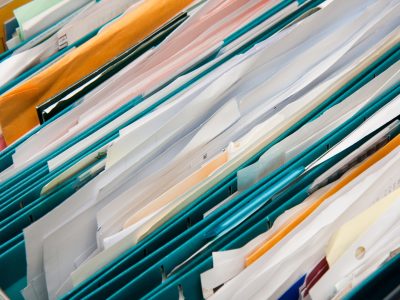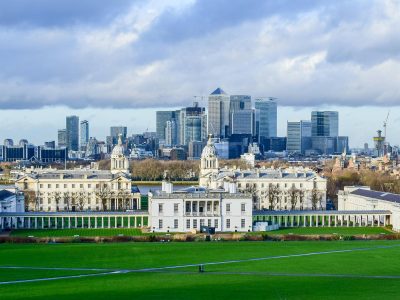
In England and Northern Ireland, Stamp Duty Land Tax (SDLT) or “stamp duty” is paid on property purchases and transfers. Unfortunately, there is no flat rate when it comes to SDLT. Overall cost will depend on a host of different factors. Don’t worry we’ve got you covered. In this article we review the cost, some recent relief programs for home buyers, as well as some logistics like who, and when, you have to pay SDLT.
How much is a stamp duty for a first time buyers?
The amount of stamp duty differs drastically between first and second time buyers. Buying a property for more than £125,000 incurs stamp duty on its purchase price. However, if you’re a first-time buyer you pay zero stamp duty on any home costing up to £300,000. Introduced in 2017, this is called first time buyer relief. With England’s steep property market this has really helped people get on the property ladder.
The rates are as follows:
£0 – £300,000 = 0%
£300,001 – £500,000 = 5%
£500,000 and higher = Normal stamp duty rates apply
How much is a holiday stamp duty?
During the last year and a half the housing market has gone through dramatic changes. A lot of people across the UK suffered financially during the pandemic. To combat this the government introduced the stamp duty holiday. The holiday was meant to stimulate the housing market.
The holiday was in place from July 8, 2020 to June 30, 2021. Buyers were not required to pay stamp duty on the first £500,000 of the purchase price during this time. As the economy starts to reopen the holiday is currently being phased out. It will end on September 30, 2021. This is what that means for your stamp duty tax rates:
- £0 – £250,000 = 0%
- £250,001 – £925,000 = 5%
- £925,001 – £1,500,000 = 10%
- £1,500,001 and higher = 12%
Normal Rates (From October 1, 2021):
- £0 – £125,000 = 0%
- £125,001 – £250,000 = 2%
- £250,001 – £925,000 = 5%
- £925,001 – £1,500,000 = 10%
- £1,500,001 and higher = 12%
The first time home buyer relief will remain in place after the stamp duty holiday is phased out.
Second home buyers, how much is the stamp duty?
If you’re buying a second residence or a buy-to-let, you need to pay a 3% stamp duty surcharge on top of the standard rates. While the stamp duty holiday lowered these rates during the last year, they will revert back on October 1, 2021.
From July 1-September 30, 2021 the rates are as follows:
- £0 – £250,000 = 3%
- £250,001 – £925,000 = 8%
- Over £925,001 – £1,500,000 = 13%
- Over £1,500,001 = 15%
Starting October 1, 2021 the rates will return to:
- £0 – £125,000 = 3%
- £125,001 – £250,000 = 5%
- £250,001 – £925,000 = 8%
- Over £925,001 – £1,500,000 = 13%
- Over £1,500,001 = 15%
Starting in April 2021, non-residents of the UK are required to pay a 2% surcharge on stamp duty rates. Oddly, the ‘effective date of the transaction’ is the key date used to establish residence status. Individual buyers are non-UK residents if they are not present in the UK for at least 183 days during the 12 months before their purchase. This also applies to businesses that are run by non-UK residents. The initiative was introduced to control house price inflation. It also ensures that housing remains affordable for British residents.
If someone becomes a UK resident in the 12 months after the buying a property, it may be possible to request a refund of the non-UK resident surcharge. There are also other circumstances that may make you exempt. Make sure to talk with your solicitor about your specific circumstances.
how much is the stamp duty for non-residential and mixed land and property
Stamp duty land tax applies to properties over £150,000. According to the official UK government website, non-residential property includes:
- commercial property
- property that isn’t suitable to be lived in
- forests
- agricultural land
- 6 or more residential properties bought in a single transaction
Mixed land refers to property that has both residential and non-residential elements. For example, buying a commercial property with a flat above it.
You can use this handy calculator to figure out how much stamp duty land tax you will have to pay as a first time, second time, residential, or mixed land buyer.
When does SDLT need to be paid?
Payment is due within 14 days of closing. Closing is when the final property transactions are legally finalised and you get the keys. Your solicitor will handle this for you.
Who do I pay?
Payments are made to HM Revenue & Customs. Usually, your solicitor will pay it on your behalf as part of the purchase process. Before you make your payment make sure your SDLT return has been sent to HMRC. This also needs to be completed within 14 days of the purchase closing. If you don’t have a solicitor to take care of this on your behalf, you will need to download a SDLT1 paper return. You need to complete this process even if you don’t owe any tax.
What if I don’t pay?
If you don’t pay your SDLT, or make the payment late, you will be subject to late submission penalty amounts and late payment interest charges. The amount of the penalty depends on how late you file your return. The amount of interest you pay depends on how late the payment is and how much duty you owe.
Does stamp duty apply to fixtures and fittings?
Stamp duty applies to things like bathroom and kitchen fittings, wardrobes and shelves built into the wall, and other buildings and structures that are part of the property. It does not apply to removable fixtures, carpets, curtains, or movable assets like machinery and appliances.
Insider tip: you can reduce your stamp duty bill by subtracting the value of removable fittings from the total price of the property.
Stamp duty exemptions
You need to pay SDLT in the following circumstances:
- when buying a freehold property
- when buying a new or existing leasehold
- when buying a property through a shared ownership scheme
- when being transferred land or property in exchange for payment
You may be eligible to apply for exemption or relief. Apart from being a first time home buyer, other exemptions include:
- Charities purchasing property
- You buy a new or assigned lease of 7 years or more, as long as the premium is less than £40,000 and the annual rent is less than £1,000
- Companies transferring property to another company
- Property is left to you in a will
- Property is transferred in a divorce
If you just bought a new home and need a storage service because you don’t have enough storage click here.

